class ii division 2 incisor relationship
The Class II division 2 malocclusion is characterized by retroclined upper front teeth at least the 2 central incisors a deep overbite and a Class II molar relationship12 The perioral soft. Class II division 2 -Lower incisor edge lie posterior to the cingulum plateau of upper incisor upper incisor is retroclined overjet is.

Angle S Classification Of Malocclusion Dentodontics
Group one 28 patients.
. The criteria for the selection of patients in the group with class II division 2 malocclusion were as follows. Class II division 2. The posterior occlusion was a class I molar and canine.
They both had a steep curve of. Orthodontic treatment with upper arch bond. Class II division 2 incisor relationships may also result from bimaxillary retroclination caused by active muscular lips irrespective of the skeletal pattern.
Fifty four subjects with class II division 2 participated in this study. The lower incisor edges lie palatal to the cingulum plateau of the upper incisors with the upper incisors being retroclined the overjet is usually minimal but may be. The upper arch had moderate crowding central incisors are retroclined and the UL2 was proclined in a lip trap at rest.
1 of treatment has its own drawbacks2. The class II division 2 differs from division 1 by the following characteristic. The subjects were randomly divided into two groups.
There was a class II div II incisor relationship. Up to 3 cash back There are two critical treatment needs. Introduction Class II division 2 can be defined according to Angle classification.
To establish a solid anterior fulcrum point at the. Class II division 2. Incisors and 2 to exercise.
Class II is where the lower first molar is posterior or more towards the back of the mouth than the upper first molar. In this abnormal relationship the upper front teeth and jaw project. A Class II incisor relationship is defined by the British Standards classification as being present when the lower incisor edges occlude posterior to the cingulum plateau of the upper incisors¹.
The study shows that Class II Division 2 functional type interceptive treatment of mandibular retrusion with deep bite conducted in the puberal phase through clinical use of modified. When the buccal groove of the first mandibular permanent molar occludes distal or posterior to mesiobuccal. Dental factors Crowding is.
A Class II division 1 incisor relationship is usually associated with a Class II skeletal pattern or Class I skeletal pattern commonly due to a retrognathic mandible However proclination of the. The lower arch showed moderate anterior crowding. A class II division 2 malocclusion is a subdivision of the Angle class II classification and is defined by a class II division 2 incisor relationship with the incisal edges of the mandibular incisors.
The British Standards Institute classify the incisor relationship as Class I Class II division I or division II and Class IIIIncisal relationship Class II DivIncisal relationship Class II Div IIIncisor. In addition to the marked overjet deep bite and Class II molar relationship lower central incisors were missing and second molars had not erupted. 1 distal relationship of the first permanent molars with retroclined upper.
1occlusion _ Class II division 2 Incisor relationship. Class II division 2. The purpose of this investigation was to examine the effect of Herbstmultibracket appliance treatment on the upper incisor-lower lip relationship in the management of Class II division 2.
The discrepancy between the upper and lower teeth does not match the. 1 Skeletal pattern Class II division 2 malocclusion is commonly associated with a mild Class II skeletal pattern but may also occur in association with a Class I or even a Class III dental.

Class Ii Division 2 Dr Sylvain Chamberland Orthodontiste

Treatment Of Skeletal Class Ii Division 1 Malocclusion With Mandibular Deficiency Using Myofunctional Appliances In Growing Individuals Pachori Y Navlani M Gaur T Bhatnagar S J Indian Soc Pedod Prev Dent

Scielo Brasil Different Approaches To The Treatment Of Skeletal Class Ii Malocclusion During Growth Bionator Versus Extraoral Appliance Different Approaches To The Treatment Of Skeletal Class Ii Malocclusion During Growth
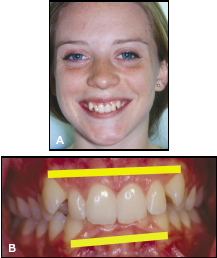
Treatment Of Class Ii Division 2 Malocclusion In Adults Biomechanical Considerations Jco Online Journal Of Clinical Orthodontics
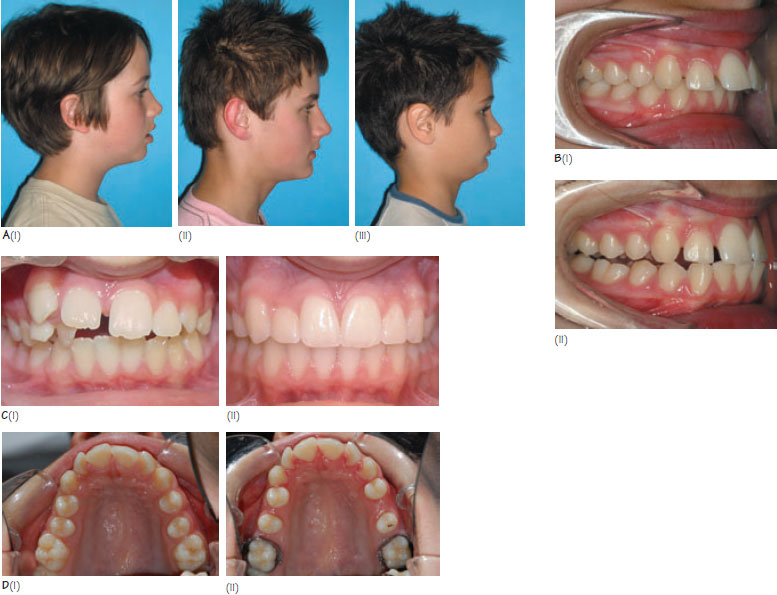
22 Class Ii Division 1 Malocclusion Pocket Dentistry

Early Intervention In Skeletal Class Ii And Dental Class Ii Division I Malocclusion Apos Trends In Orthodontics

Orthodontics Classification Of Malocclusion My Dental Technology Notes
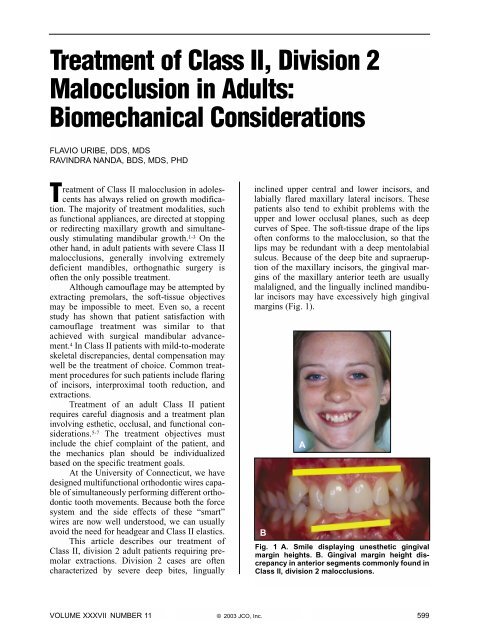
Treatment Of Class Ii Division 2 Malocclusion In Adults Journal Of

Class Ii Division 2 Dr Sylvain Chamberland Orthodontiste

Analysis Of Clinical Efficacy Of Interceptive Treatment Of Class Ii Division 2 Malocclusion In A Pair Of Twins Through The Use Of Two Modified Removable Appliances Abstract Europe Pmc

Treatment Of A Class Ii Division 1 Malocclusion In An Adult Patient A Case Report Revista Mexicana De Ortodoncia
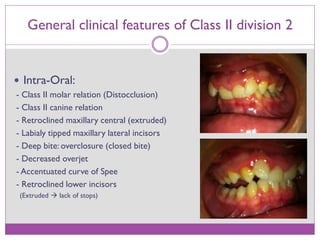
Class Ii Division 2 Malocclusion
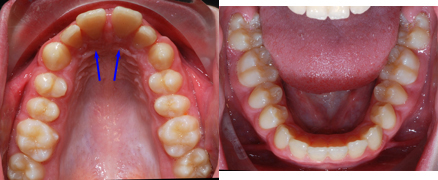
Class Ii Division 1 Dr Chamberland Orthodontist In Quebec

Orthodontics Classification Of Malocclusion My Dental Technology Notes

Case Report Correction Of Class Ii Div 2 Malocclusion With Maxillary Arch Extraction And Lower Ipr Atul Jajoo 2020

Orthodontic Surgical Management Of A Patient With Class Ii Division 2 Malocclusion And Prominent Chin Revista Mexicana De Ortodoncia

Class Ii Division 1 An Introduction To Orthodontics 2nd Edition
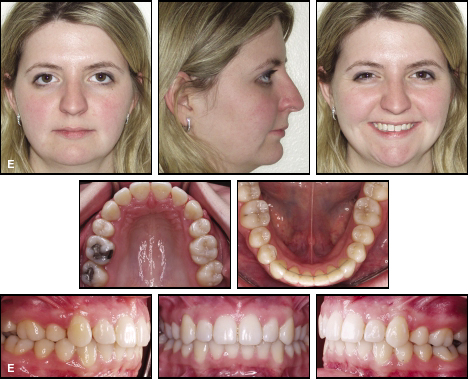
Treatment Of Class Ii Division 2 Malocclusion In Adults Biomechanical Considerations Jco Online Journal Of Clinical Orthodontics
